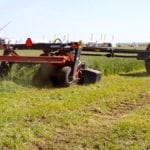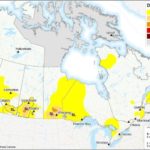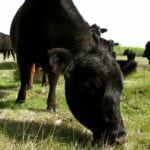CNS Canada — Sales have slowed for feed grain buyers in Western Canada, as concerns continue to mount about feed shortages. “The confidence from the farmer is not (there anymore). He just wants to see some crop come into his bin. So we’ve definitely slowed in our buying,” said Brandon Motz, sales manager at CorNine […] Read more














